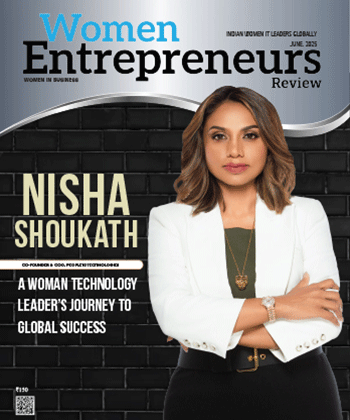
Diversity & Inclusion in a Modern-Day Organization
By: Sheetal Kale, Managing Director, Head of DataArt India Office
With more than 30 years of experience in Organizational development and Operations, Sheetal believes in taking the ‘servant leadership’ approach with her teams. She has successfully handled key roles across diverse capacities in the Pharmaceutical, Edtech, Skincare and IT services space. A ‘Learner mindset’ enables her to take up new challenges and roles within a company.
Diversity & Inclusion (D&I) is among the most discussed topics in recent times with regards to people strategy. Today, D&I has become a key component of the company's value system and day-to-day activities such as goal setting exercises. Thus, it is no more being treated as a separate aspect that the company must do just to be considered as an organization having an inclusive and diverse work culture. The concept of D&I must be transmitted from the senior leadership to employees across all departments in the organization by making them understand its importance in the workplace. Also, the commitment of the leadership team plays a prominent role in promoting diversity within the organization, wherein D&I is a top-down approach with same line of communication. Additionally, the hiring practices should be solely based on skills of the candidates and not on their color, gender, age or ethnicity factors. Furthermore, companies must also implement necessary policies pertaining to aspects such as equitable pay, anti-discrimination, flexible working, parental leaves and many others. Overall, having people-first policies goes a long way in creating a positive and inclusive work environment within the organization.
Impact of a Diverse & Inclusive Work Culture
Organizations that comprise of employees from different cultures, age groups and other demographics no doubt have better and more efficient decision-making process across all levels of the company. This also helps businesses to broaden their talent pool, which brings-in a wide range of innovative ideas to the table and enables quicker problem solving when faced with any crisis. Also, being skill-oriented in their hiring practices enables the business to achieve enhanced employee engagement levels, along with the employees also feeling a sense of belonging within the company. All these practices not only help organizations to keep their attrition rates low, but also enhance their brand image in the market.
Aligning HR Initiatives with Company Goals
Firstly, it is important for the company to clearly communicate its overall goals & objectives to all its employees - be it short & long term goals, market expansion, product development, budget plans or any other. Also, the HR department must ensure to support all the other departments in an organization in achieving these goals in any manner when necessary. Secondly, companies must make sure that all the HR strategies that are being implemented complement their overall business goals. Conducting periodic skill assessments helps the companies to identify the gaps in their people practices and skillsets that need improvement so that the HR teams can work towards improving them. Lastly, it is important to promote a collaborative culture across the organization, which will result in all the departments working together seamlessly towards achieving the common goal. However, it is very important for companies to keep in mind that continuous training and development for employees at all levels is important to effectively implement all these initiatives.
However, one of the key challenges for companies across the industry in terms of workforce management is talent acquisition & retention. On one hand, while companies are unable to recruit highly skilled talent, on the other hand, retaining the already recruited talent is proving to be an uphill task as well. Another interesting challenge that companies had to face post the covid pandemic was remote working culture which then became main stream. Since a few employees opted for complete remote working, some chose hybrid working model and some the regular working from office, balancing all these working models was tough nut to crack for HR teams across most organizations.
Leveraging Technology for Efficient Human Capital Management
Technology is playing a vital role today in enhancing the efficiency and productivity of diverse HR functions within an organization. For instance, integrating automation for maintaining employee records, payroll management, employee rewards & recognition and other processes not only enhances their overall efficiency, but also frees-up a lot of manpower resources that can then be focused on handling more critical tasks. Also, the rapid tech advancement that we are witnessing across the globe lately has resulted in new trends and techniques taking birth very often, making L&D a core aspect across all businesses. Technology integration has today become the most critical component of every business’s L&D and employee upskilling initiatives. Some of the key examples for this is implementing learning management systems, integrating data analytics with self-learning systems for providing a personalized learning experience, leveraging online learning platforms, and many others.


